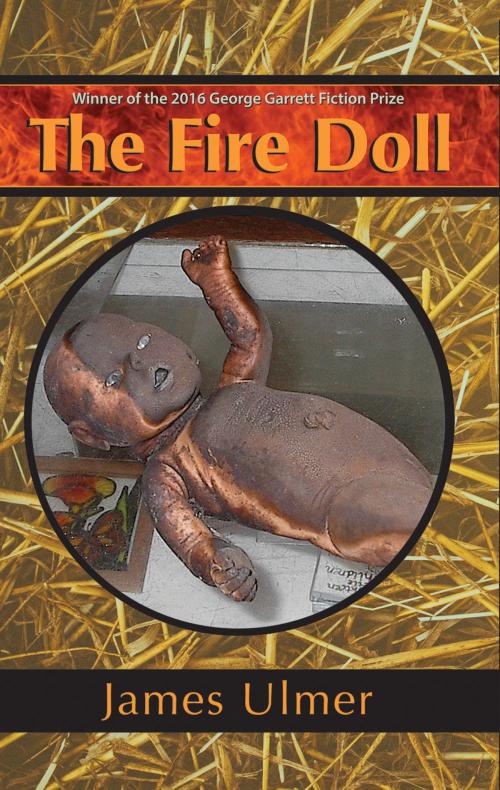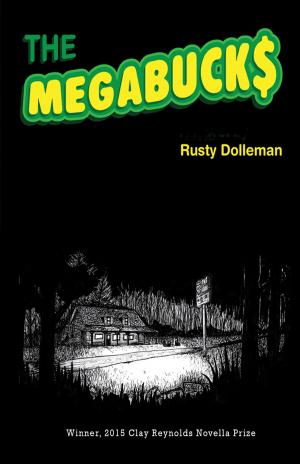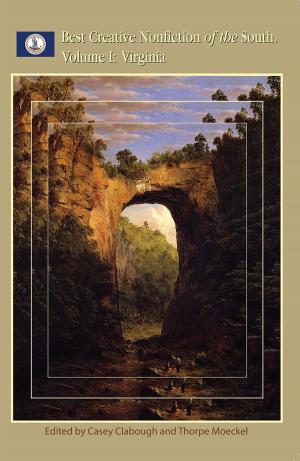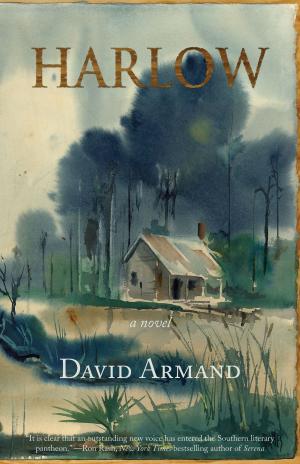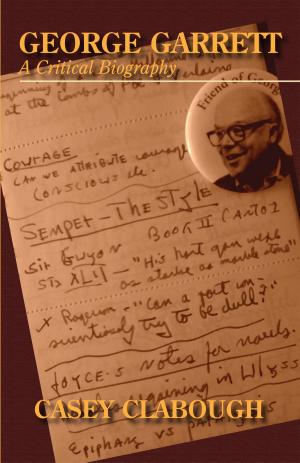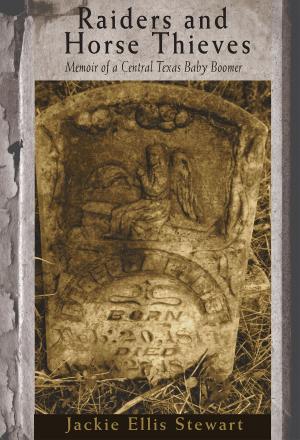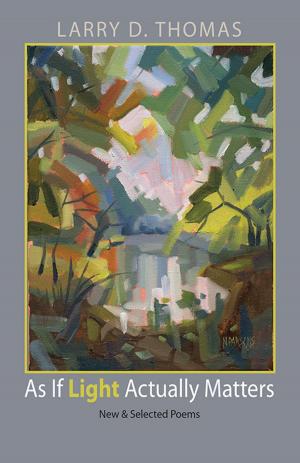| Author: | James Ulmer | ISBN: | 9781680031287 |
| Publisher: | Texas Review Press | Publication: | August 7, 2017 |
| Imprint: | Texas Review Press | Language: | English |
| Author: | James Ulmer |
| ISBN: | 9781680031287 |
| Publisher: | Texas Review Press |
| Publication: | August 7, 2017 |
| Imprint: | Texas Review Press |
| Language: | English |
The stories in The Fire Doll investigate the notion that our experience can be richer, more inclusive, and sometimes more unsettling than the life prescribed by the normal daylight sense of reality. American writing has often been engaged with elements of mystery and the uncanny, and the American Dream has always had its corresponding nightmare. These stories feature haunted landscapes, places where violence and tragedy have left their marks: a man is subsumed by his vision of falling pine straw, a camera captures something the eye alone can’t perceive, and a dead girl leads an unsuspecting boy to a killer’s burial ground. In the title story, a Houston homicide detective is haunted, literally and figuratively, by the death of his partner. In order to redeem himself, he must hunt down her killer and confront his own complicity in her death. Written in the tradition of dark American masters like Hawthorne and Henry James, the tales in this collection occupy the uncertain borderland between the living and the dead.
“Something on the far side of the stream caught his eye. A woman – a girl, really – stood in the spot where the dog had vanished. Even to the boy, the girl seemed instantly out of place. With her knees bent in toward each other and her long legs splayed out, there was something awkward or coltish about her. She wore a top with horizontal black and white stripes, a short black skirt, fishnet stockings, and ankle-high black boots with pointed toes and spike heels. The boy squinted and cocked his head, uncertain of what he was seeing. What was she doing there? Her dark red hair, chopped off at asymmetrical angles, stuck up from her head in every direction. He couldn’t have been confronted by a stranger sight if Pinocchio or the White Queen had stepped suddenly out of the trees. The girl seemed, somehow, unstrung, the strength drained from her dangling arms and legs, and the boy thought of a marionette he’d once seen hanging from a peg on the wall of a puppet master’s shop. She stared dejectedly at the ground around her feet.” —from the book
The stories in The Fire Doll investigate the notion that our experience can be richer, more inclusive, and sometimes more unsettling than the life prescribed by the normal daylight sense of reality. American writing has often been engaged with elements of mystery and the uncanny, and the American Dream has always had its corresponding nightmare. These stories feature haunted landscapes, places where violence and tragedy have left their marks: a man is subsumed by his vision of falling pine straw, a camera captures something the eye alone can’t perceive, and a dead girl leads an unsuspecting boy to a killer’s burial ground. In the title story, a Houston homicide detective is haunted, literally and figuratively, by the death of his partner. In order to redeem himself, he must hunt down her killer and confront his own complicity in her death. Written in the tradition of dark American masters like Hawthorne and Henry James, the tales in this collection occupy the uncertain borderland between the living and the dead.
“Something on the far side of the stream caught his eye. A woman – a girl, really – stood in the spot where the dog had vanished. Even to the boy, the girl seemed instantly out of place. With her knees bent in toward each other and her long legs splayed out, there was something awkward or coltish about her. She wore a top with horizontal black and white stripes, a short black skirt, fishnet stockings, and ankle-high black boots with pointed toes and spike heels. The boy squinted and cocked his head, uncertain of what he was seeing. What was she doing there? Her dark red hair, chopped off at asymmetrical angles, stuck up from her head in every direction. He couldn’t have been confronted by a stranger sight if Pinocchio or the White Queen had stepped suddenly out of the trees. The girl seemed, somehow, unstrung, the strength drained from her dangling arms and legs, and the boy thought of a marionette he’d once seen hanging from a peg on the wall of a puppet master’s shop. She stared dejectedly at the ground around her feet.” —from the book
